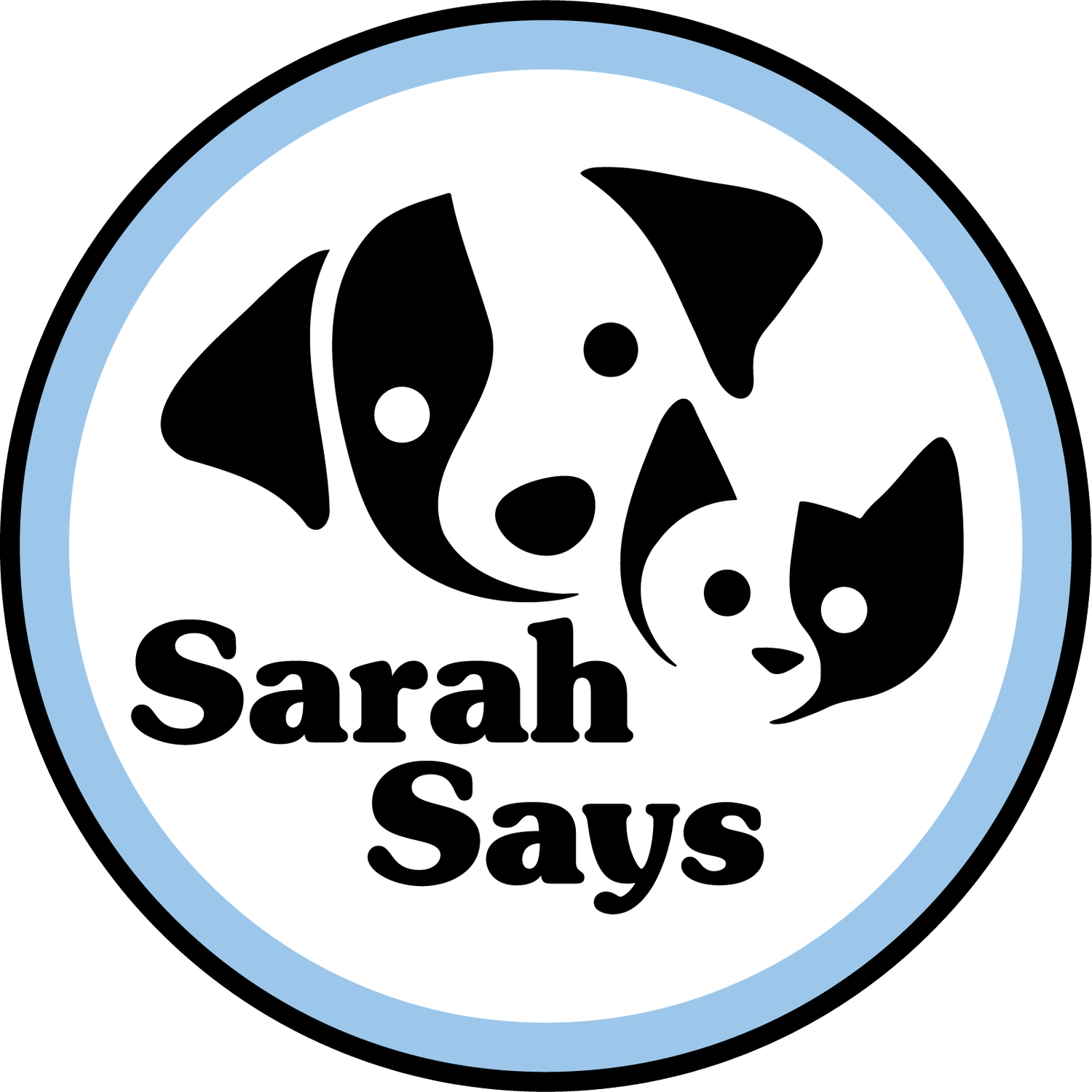3 Words Every New Puppy Must Learn
There's so much build-up, excitement, and cuteness-overload that comes with bringing a new puppy home. There's also the reality that you will be living with your puppy for the rest of their life. Training seems like the next step; after all, they have so much to learn! The first thing your puppy needs to know is that your home is a safe place and that being around you always feels good.
In my house, we have a catchphrase: "hands are for giving, not for grabbing." It's important to remember that, left on their own, little puppies would be prey animals, and they have an instinctive drive to recoil from anything that feels threatening.
The next thing to remember is that when your puppy first comes home, they're used to living with other dogs, not people. The sudden shock of losing their first family can be overwhelming for a puppy, leading to pitiful cries, whines, and stressful nights.
These are The First 3 Words to Teach your New Puppy:
Teach your puppy their name.Choosing a name for your puppy is an exciting process. Perhaps you've already chosen their name before they come home, or you've tried a few out in the first days. To ensure their name gets them running to you with their tail wagging, pair their name with the use of a treat cup! You can make a treat cup out of anything, really; all you need is an empty container (Tupperware, gum container, etc.) and some treats. As you shake the cup, reward them with a tasty snack until they associate the sound of the shaking treat cup with positivity. Next, pair the shaking treat cup with their name. In our house, we're saying "Peekaboo" a lot (our new puppy). Pretty soon, you can call out their name first and shake the cup second. Continue to pair their name with positive reinforcement: calling them to you, offering them a toy or a pat, or giving them treats or food.
Teach your puppy to "Give." Puppies, like children, love to grab and grasp things; it's how they first experience the world around them. Puppies don't differentiate one object from another; they pick up whatever fits in their mouth and feels comforting. Avoid shouting, getting frustrated, or snatching things out of your puppy's mouth. Your frustration is understandable to me, but to your puppy, it comes off as confrontational. Back to our treat cup: I encourage you to leave treat cups around the house or keep treats in your pocket so that you can always encourage your puppy to release the things they may grab by accident. The next time your puppy grabs something they shouldn't, such as a shoelace or paper towel, shake your treat cup to get their attention. When they spit it out, say "give," and reward them with a treat and happy talk. Next, redirect them to their own toys, and make sure to keep toy baskets conveniently placed around the house. Tell them, "get your toy," and reward them for their good behavior.Remember, the key to discouraging bad behavior is to help your pup understand what they should be doing instead. Chewing, after all, is merely a curiosity in the beginning months. Remember, avoid frustration because it encourages your pup to "grab-n'-go." Instead, make a happy exchange! In the end, you'll encourage a "grab-n'-show," and they’ll bring things to you for your approval.
"Sit" is the equivalent of "say please." Encourage your puppy to sit to do everything. I often get phone calls and questions in my group classes about 3-4-month-old puppies who are already incessant jumpers. Every single time, I tell these puppy parents that they've inadvertently trained their dog to jump, and they can just as quickly turn it around to teach their puppy to sit instead.With puppies, it's all about what habits you reinforce at the moment: action and reaction. Generally, when a puppy wants something, they will try a series of random behaviors, and once they land on one that gets your attention, they'll repeat it whenever they can. You hold the power to choose which behavior that will be. They often find that jumping works because it elicits a response from you. Instead, teach them that sitting works better. If jumping is already a problem, simply cover your face to defer the attention— I call this the “Peek-a-boo method.”Initially, hold a treat near their nose to lure them into a sitting position and say "sit" to identify what they're doing. Do this five times in a row, a few times a day. Within no time, they'll learn that "sit" means putting their bottom on the floor. When your pup approaches a gate, enters or exits the house, or greets anyone (yourself included), wait until they've calmed down enough to respond to "sit." Remember, you don't have to react to every single one of your puppy's actions.
Nobody brings home a new puppy to get extra sleep. Puppies, at least for the first few months, are full-time jobs. With the right approach, consistency, and a whole lot of patience, the bond you'll get from creating a world where your puppy feels safe and connected to you will last a lifetime.
